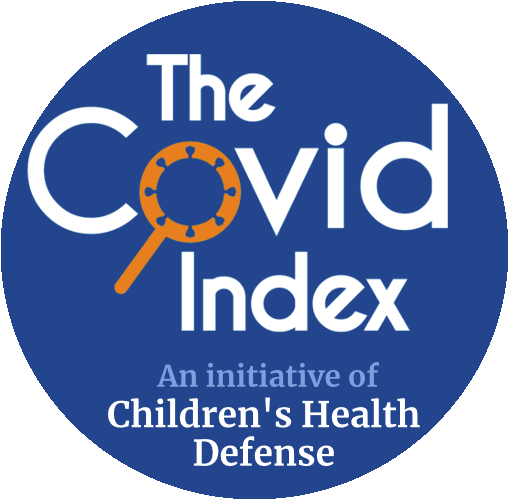"1 Introduction
... Prior studies of the indirect death toll due to an epidemic-related downturn may not be relevant to 2020 because prior epidemics did not spur an economic slowdown of the same magnitude as those experienced in 2020. Estimates indicate that the world economy was expected to shrink more than 5% in 2020 alone. The economic downturns of 2020 have also been projected to reverse a sustained trend of decline in global poverty, with an estimated 42–66 million additional children falling into extreme poverty on top of the estimated 386 million children in extreme poverty in 2019. Additional estimates suggest that the economic effects of the COVID-19 pandemic could reverse the past 2 to 3 years of progress in infant mortality.
This study assesses the indirect economic effects of the COVID-19 pandemic by estimating the impact of different economic downturn scenarios on under-5 mortality in low, lower-middle, and upper-middle-income countries... Our approach draws from the empirical relationship between mortality and national income that was first noted by Preston and has been widely documented...
4 Discussion
We estimate that the economic downturns of 2020 significantly increased loss of life among children younger than five years old in LMICs [low- and middle-income countries]. Many of the countries in this analysis have relatively young populations with tenuous access to stable housing, clean water, food, and primary care. The health of these children is highly susceptible to reductions in the economic well-being of their families. Children in these lower income countries are also subject to a high rate of exposure to other infectious diseases, besides COVID-19, which makes them more susceptible when the economy reduces their access to nutrition, housing, water, sanitation, and parental care. Disruptions to primary health care service supply and demand will compound these threats, and thus may be a likely driver of increased mortality in these settings...
Our estimates match the lower range of other estimates of the indirect effects of the COVID-19 pandemic on child mortality which have primarily focused on excess mortality attributed to disruptions in delivery of key health services affecting children and mothers... [O]ur analysis finds that 5%–15% reductions in GDP [gross domestic product] are estimated to lead to additional loss of life in children under five between 282,996 to 911,026. Our estimates are focused on those due to the reduction in GDP and do not include any direct effects of COVID-19 on children...
Further research should focus on the non-fatal health effects of the 2020 economic downturns on health, cognition, development, and school attainment."
© 2022 Cardona et al.
This is an open access article distributed under the terms of the Creative Commons Attribution License, which permits unrestricted use, distribution, and reproduction in any medium, provided the original author and source are credited.
